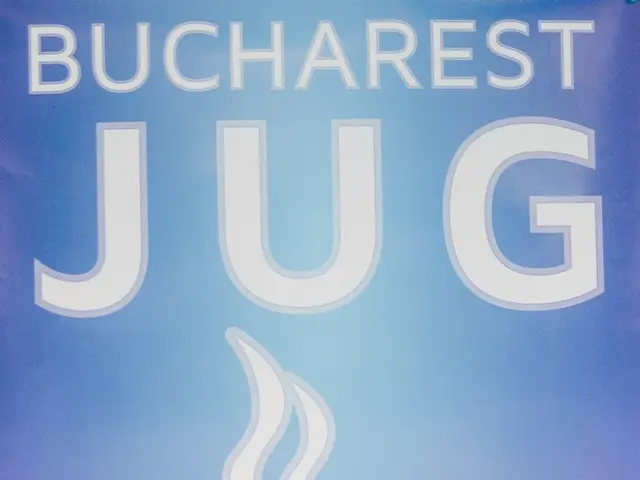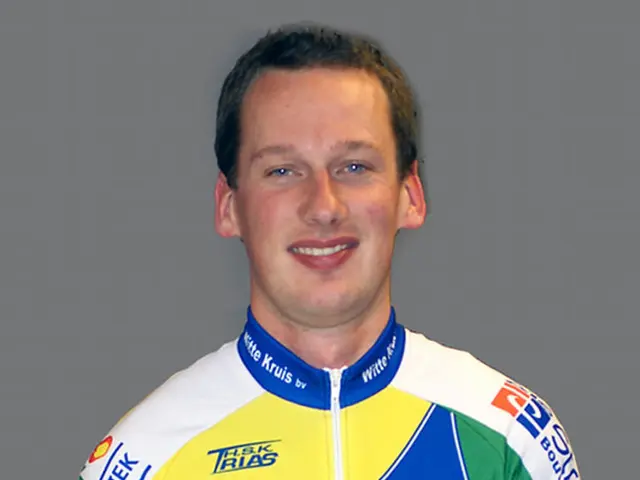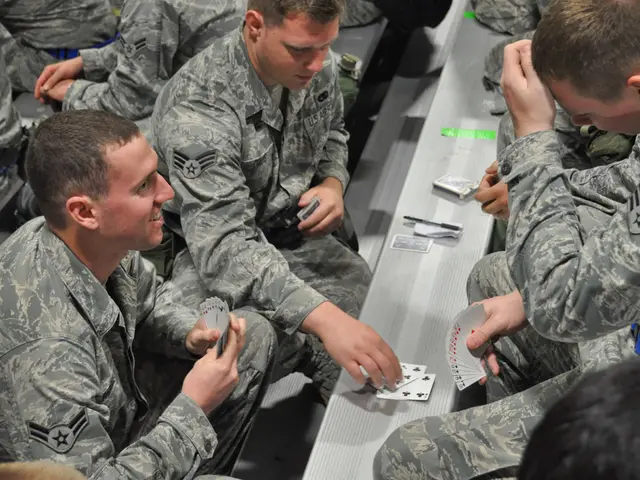Discover Essential Techniques for Poker Deception: Strategies to Fool Your Competitors
Alright, poker enthusiasts and bluffing aficionados, let's dive into the mesmerizing world of The BLUFF in poker. Bluffing is the heart and soul of poker, the secret ingredient that makes it more than just a card game—it's a mental chess match. Whether you're faking it like a seasoned actor or subtly pulling your opponent's strings to fold their dream royal flush, let's master poker bluffing together!
Table of Contents
Toggle## What's bluffing all about?
In poker, bluffing is the ultimate illusory art. It's convincing your opponent to discard a hand superior to yours, essentially playing reverse psychology with card sharks.
- Value betting vs. Bluffing:
- Value bets: You want weaker hands to stick around.
- Bluffs: You want stronger hands to hightail it outta Dodge.
Bluffing keeps your strategy unpredictable, making you more than just a Bingo player with fancy moves.
4 Flavors of bluffs (Because one wasn't enough)
- Continuation Bet Bluff (C-Bet for the cool kids)You control the round, and the board ain't smiling on your opponent. Perfect time to put on a brave face!
- Semi-Bluff (Almost legit bluff)Your hand isn't a total mess. Maybe you're cookin' up a flush or straight draw. Bluff now, and if they don't fold, you might win by sheer luck!
- Zero Equity Bluff (AKA the YOLO bluff)Your hand is garbage, and there's no chance it's improving. This bluff depends solely on your opponent folding. Higher risk, higher reward!
- Opportunistic Bluff (Seizing the moment)Nobody's nibbling at the pot, and the vibe says, "Eh, nobody's got anything good." That's the cue to swoop in and snag the pot like a poker ninja!
Why's poker bluffing so important?
****Bluffing isn't just a party trick; it's an integral part of the game. Without it, you're Mr. Transparent, and even novices will see right through you.
Here's the sitch:
- Too Much Bluffing = Disaster. You'll appear reckless, and everyone will call your bluffs.
- Too Little Bluffing = Predictability. You're advertising, "I only bet when I've got gold."
Finding the right balance? That's the sweet spot where magic happens.
Before you bluff: these crucial questions
- Who's the target?Your opponent's character is crucial. Are they the type who folds faster than a bad date, or are they stubborn as a mule and won't fold no matter what? Customize your bluff to the player.
- What's the betting size?Small bets require fewer folds to work, but if they're too tiny, it screams, "I'm bluffing!" A big bet might scare them off or drain your stack. Balance is crucial.
- How far am I ready to go?Are you prepared to double down if they don't fold? Know your limits before committing to a bluffing battle.
Poker Bluffing Like a Boss
- Think in ranges, not handsIgnore that specific hand your opponent might have. Instead, consider all the possible hands they could be holding. If their range appears weak, bluffing time!
- Make your bluff believableImagine it's a theatrical performance. If you're putting on a strong-hand act, your betting pattern needs to match. Don't try to bluff a full house on a board that screams "weak sauce."
- Read the room (or table)If you've been aggressive all night, players might think you're bluffing just for the thrill. In that case, take a break from bluffing. Let them wonder what's next!
Poker Bluffing Mistakes to dodge like a pro
- Bluffing the wrong players:Bluffing a calling station (someone who calls everything) is like trying to scare a cat with a cucumber after it's seen it before—it won't work.
- Overdoing it:If you bluff every other hand, congratulations, you're now a walking ATM for the table.
- Ignoring the board:The board texture matters. If it screams "someone's got a straight," don't bluff like you've got a set.
The Art of Poker Bluffing
*Poker Bluffing* is more than a strategy; it's an art form. Reading people, timing your moves, and adding the spice of unpredictability keep your opponents on the edge of their seats. So next time you sit down at the table, channel your inner poker artist. And remember, a well-timed bluff can turn even the weakest hand into a winner!
Now go out there and give them a run for their money. Follow *our website* for the latest poker news, trends, and updates from around the world.
Enrichment Data:
Overall:
Key strategies for effective poker bluffing involve careful consideration of timing, hand selection, opponent tendencies, and board texture. Here are the key points distilled from expert insights:
Types of Bluffs and When to Use Them
1. Continuation Bet Bluff (C-Bet Bluff)- Used after raising pre-flop from a late position, and the flop is unfavorable for opponents (e.g., K♦-7♠-2♥).- The goal is to represent strength based on your pre-flop aggression and force opponents to fold.- A bet of 50-70% of the pot on the flop, regardless of your actual hand strength.- Works best heads-up or against tight players who fold to post-flop pressure.
2. Semi-Bluff- Involves betting or raising with a drawing hand such as a flush draw or straight draw.- This move puts pressure on opponents while retaining the potential to improve your hand on later streets.- Effective against cautious or tight opponents who fold to aggression.- Balances risk because if called, you still have equity to hit your draw on the turn or river.
Positional Awareness and Opponent Targeting
- Bluffing is more effective when you are in late position, allowing you to act last and gather more information before committing chips.
- Target tight or cautious players who have a tendency to fold under post-flop aggression. Against loose or aggressive players, bluff less often or choose stronger bluffing hands.
Advanced Techniques
Check-Raise Bluff- Checking initially to induce a bet from an aggressive opponent, then raising to represent a strong hand.- Most effective against opponents who bet frequently when checked to.- Choose coordinated boards where your range is perceived as strong to maximize fold equity.
4-Bet Bluffing Pre-Flop- Re-raising a third or fourth time before the flop with select hands to either represent strength or bluff.- Use blockers like Ace or King in bluff hands to reduce the chance your opponent holds strong cards.- Don't overuse 4-bets; timing and hand selection are crucial for success.
General Guidelines for Effective Bluffing
- Always have a reason and consider your overall strategy rather than bluffing randomly.
- Think in terms of ranges and opponent hand tendencies rather than just your cards.
- Select boards and spots where your story is believable (e.g., dry boards for C-bets, coordinated boards for check-raises).
- Use bluffing to steal pots, apply pressure, and keep opponents guessing to increase your overall winnings.
In the exciting world of casino-and-gambling and casino-games, knowing poker bluffing techniques is essential for stealing pots and keeping opponents on their toes. 'The BLUFF' magazine provides valuable tips on everything from bluffing fundamentals to advanced strategies, ensuring poker enthusiasts can master the art of bluffing like a pro. Additionally, following the latest poker news on relevant websites can help uncover trending bluffing tactics from around the globe, keeping your bluffing game strong and strategies fresh.





